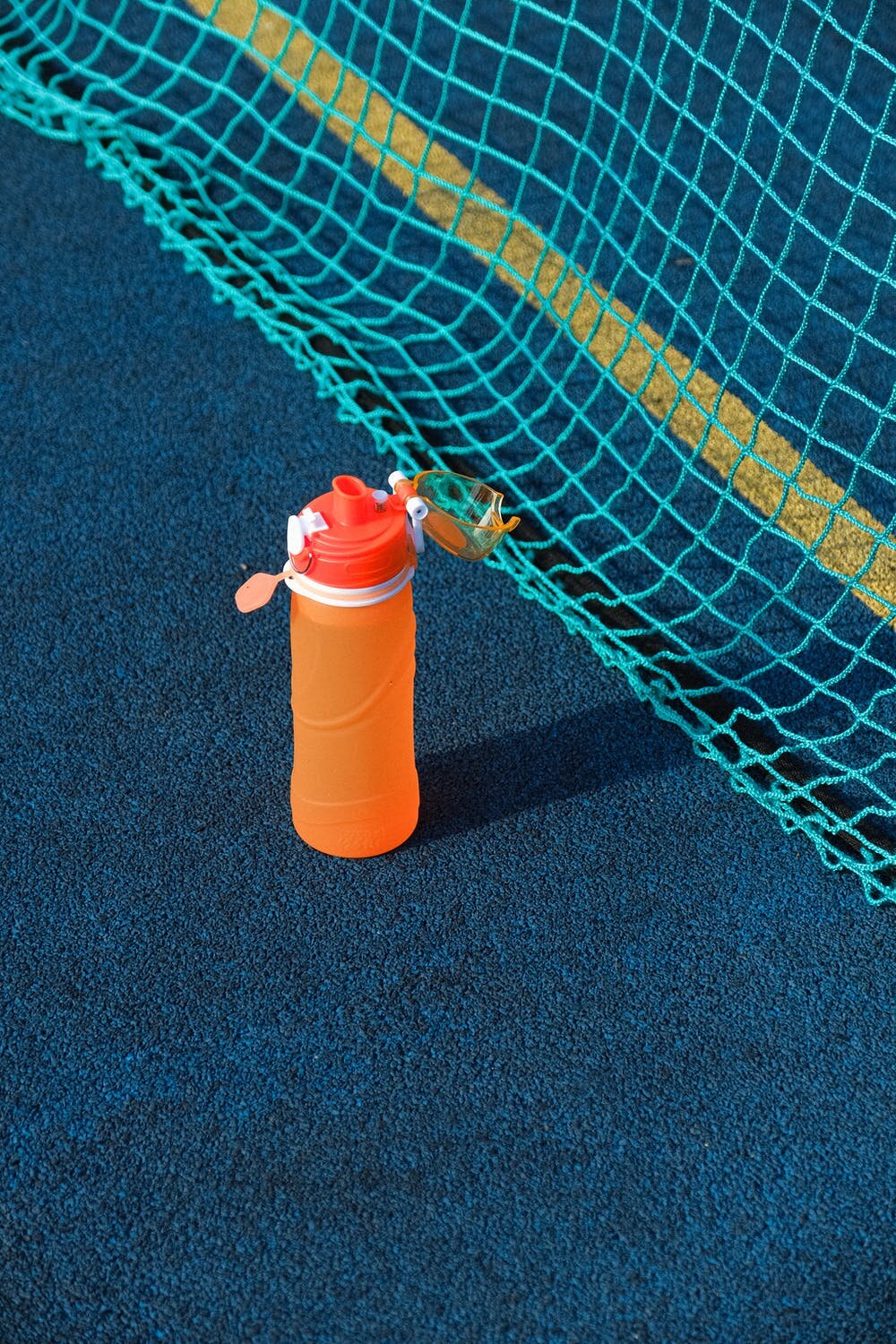Considering Hydration During Cooler Months
Cool Weather Considerations
The environment can impact an individual’s ability to consume fluids during and after exercise. Cold weather can affect an individual’s thirst centre and the fluid replacement strategy. It should take into consideration the decrease in fluid intake during exercise due to decreased desire to consume fluids. Another factor to consider is the decrease in sweat leaving the body’s skin surface where there may be a smaller requirement for important electrolytes and fluid lost during exercise induced sweat.
An interesting point shown is that constant core temperature during cooler climates can be maintained whilst wearing restrictive or heavy clothing during exercise. During cooler temperatures, wearing excessive clothing whilst exercising can produce just as much sweat loss as an individual exercising in a warm environment with less restrictive clothing (Parkinson., 2010). This suggests that:
‘’A man in the cold is not necessarily a cold man’’
The importance of Rehydration
The presence of sodium in rehydration strategies is important for whole-body fluid retention. When an athlete is rehydrating after exercise, we want to retain fluid in the body as opposed to losing it through urination.
When plain water is consumed, it dilutes blood sodium concentration which results in increased urine output. By contrast, when a sodium-containing beverage is consumed, blood sodium concentration is increased, and less urine is excreted. This simply means that if we only consume water after exercise vs a fluid containing sodium, we produce more urine and therefore decrease our chances of rehydrating.
Rapid restoration of fluid balance is especially important when athletes need to participate in the next competition within a relatively short timeframe. This includes two-a-day practices such as in in football, day-long competitions such as an ironman triathlon, tournament play in various sports such as tennis, or after weigh-ins in wrestling. As per previous blog if an athlete enters training or competition dehydrated (>2%BW loss), this can have significant performance detriments and shows the importance of rehydration when considering multiple training loads within a day.
How much should I Rehydrate?
One study voluntarily dehydrated athletes by 2% body weight deficit through mild exercise. Investigators had participants consume a volume of sports drink (sodium containing beverage) equivalent to either 50%, 100%, 150%, or 200% of their fluid loss. Six hours after ingestion, overall fluid balance was negative with the 50% and 100% replacement trials. However, during the 150% trial, fluid balance was restored to baseline. There was no clear advantage to drinking more than 150% of fluid loss (Shirreffs et al., 1996).
An athlete should therefore aim to rehydrate by consuming 150% of fluid loss after exercise.
For example:
(From previous blog) Fluid loss post exercise = 700g/ml (convert to L)
= 0.7L/100% X 150% = 1.05L needed to replace fluid loss for optimal rehydration
*Consider sodium containing beverages or foods also*
Summary
It is important to develop a fluid strategy plan based on your body weight changes to minimize body mass loss to <2%.
Consider key factors of hydration when coming into colder months – Decreased thirst but still the same level of sweat loss OR decreased needs in electrolytes and fluid due to decreased sweat loss in cooler temperatures.
The individual fluid plan should be re-assess during both hot and cold environments especially if there is a large fluid deficit between the two conditions.
Rehydration strategies should aim to replace 150% of fluid loss from exercise and consume key electrolytes such as sodium containing beverages or accommodated from snacks and meals post exercise.
Blog by:
Nic Berlin
4BND
IOC Dip. Sports Nut.

